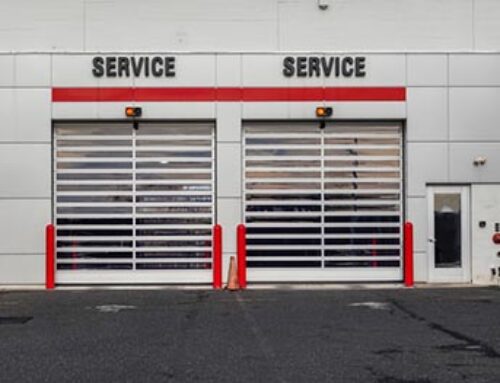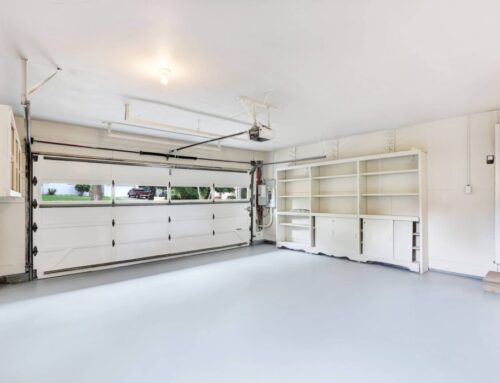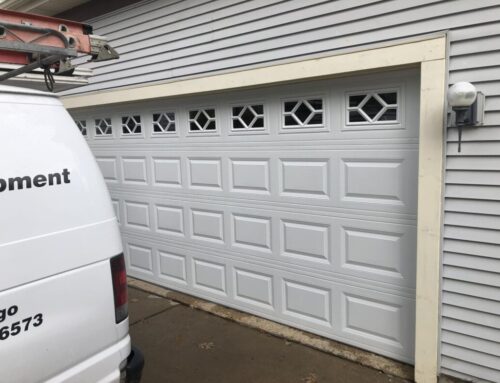Garage doors come in various styles to suit different architectural designs, preferences, and functional needs. Some common styles of garage doors include:
- Traditional Raised-Panel Garage Doors: Traditional raised-panel garage doors feature sections or panels that are raised above the surface of the door. These raised panels add depth and dimension to the door’s appearance, creating a classic and timeless look. They are typically constructed from steel, which provides durability and strength. Steel garage doors are resistant to rust, corrosion, and dents, making them suitable for various climates and environments.
- Carriage House Garage Doors: Carriage house garage doors are inspired by the charm and aesthetics of historic carriage houses from the 19th and early 20th centuries. These doors combine rustic elegance with modern functionality. Carriage house garage doors are designed to resemble the swinging doors found on traditional carriage houses. They often feature decorative hardware, such as hinges and handles, to enhance the authentic look. These garage doors typically have overlay or stamped panel designs that mimic the appearance of old-fashioned carriage doors. These panels can feature raised sections, crossbucks, or other decorative elements for added visual interest. They are available in a variety of materials, including steel, wood, and composite materials. Steel doors offer durability and low maintenance, while wood doors provide a classic and natural aesthetic. Composite materials combine the look of wood with the durability of steel or fiberglass.
- Contemporary Garage Doors: Contemporary garage doors are characterized by their modern aesthetic, clean lines, and innovative design elements. Contemporary garage doors often feature sleek and minimalist designs with clean lines and geometric shapes. They prioritize simplicity and sophistication in their appearance and commonly use modern materials such as aluminum, glass, and steel. These materials contribute to the door’s sleek and contemporary look while also offering durability and low maintenance.
- Flush Panel Garage Doors: These doors have flat, smooth panels without any raised or recessed designs. They offer a sleek and understated look that can complement modern or minimalist home designs. Flush panel garage doors feature flat, smooth panels without any raised or recessed designs. This creates a sleek and minimalist look that is well-suited for modern and contemporary architectural styles. The absence of raised panels or decorative elements gives flush panel garage doors clean and simple lines. This minimalist design aesthetic can help create a cohesive and uncluttered look for the exterior of the home. These garage doors can be constructed from various materials, including steel, aluminum, fiberglass, and wood. Each material offers its own unique benefits in terms of durability, maintenance requirements, and customization options.
- Glass Garage Doors: Glass garage doors are made primarily of glass panels, sometimes framed in aluminum or other materials. They provide a modern and sophisticated appearance while allowing natural light to enter the garage space.
- Wooden Garage Doors: Wooden garage doors offer a warm and traditional look. They can be customized with various wood species, stains, and finishes to match the style of the home.
- Faux Wood Garage Doors: These doors are made of steel or composite materials but are designed to mimic the appearance of real wood. They offer the aesthetic appeal of wood without the maintenance requirements.
- Full-View Garage Doors: Full-view doors are primarily made of glass panels, offering maximum visibility both inside and outside the garage. They are often used in commercial settings but can also be found in contemporary residential designs.
- Custom Garage Doors: Homeowners can work with manufacturers to create custom garage door designs tailored to their specific preferences and architectural requirements. Custom options can include unique panel designs, materials, colors, and hardware choices.






